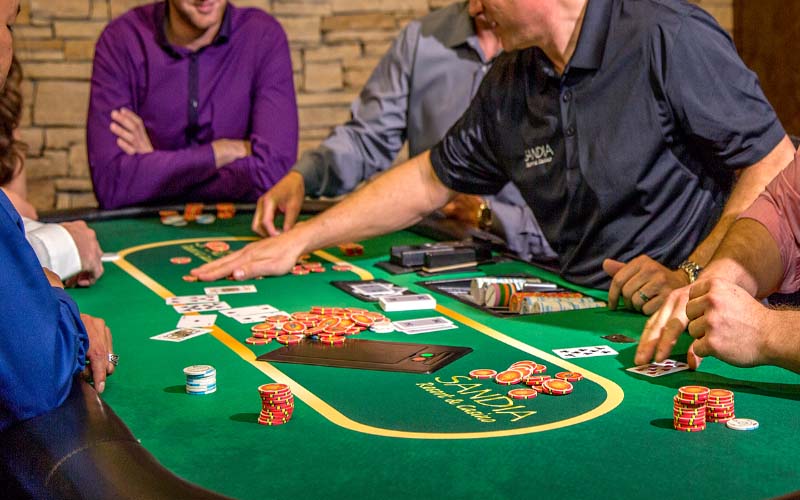When it comes to enjoying a game of poker, the poker table is where the magic happens. It is not just a piece of furniture; it is the center of camaraderie, competition, and entertainment. This extensive guide aims to delve into the various aspects of poker tables, providing insights that will enhance both your gaming experience and strategic understanding of this popular pastime.
Understanding Poker Tables
Before you dive into a FB88 poker game, it’s essential to understand what makes up a poker table. From its design to the materials used, every aspect plays a crucial role in how the game unfolds.
Types of Poker Tables
There are several types of poker tables available, each designed for different gameplay styles. Some are more suited for casual home games, while others cater to professional tournaments.
One of the most common types is the traditional rectangular table, which often accommodates up to ten players. These tables typically have a felt surface that provides a smooth playing field while also being easy to clean. The rectangular shape allows for ample space for chips, cards, and drinks, creating an inviting atmosphere for extended play sessions.
Another type is the round poker table. This design fosters intimacy among players, making it ideal for friendly gatherings. With everyone sitting closer together, conversation flows more freely, enhancing the social aspect of the game. Round tables usually come in smaller sizes, making them a good choice for limited spaces.
For those who prefer versatility, there are foldable or portable poker tables. These tables can be set up and taken down quickly, making them perfect for parties or events that require flexibility. They often have built-in cup holders and chip trays, offering convenience without sacrificing style.
In addition to these, you might come across specialized tables for specific variants of poker, such as Texas Hold’em or Omaha. These tables may feature unique layouts, ensuring that all players can easily access their cards and chips.
Features of a Quality Poker Table
When investing in a poker table, certain features elevate its quality and usability. A well-constructed table not only enhances gameplay but also adds aesthetic value to your home.
First, consider the material used in the construction of the table. High-quality wood, like mahogany or oak, is often favored for its durability and elegant appearance. A sturdy frame ensures stability during intense game sessions, preventing wobbling or tipping.
Another important feature is the felt covering. A high-grade felt material minimizes friction, allowing cards to glide smoothly across the table. Additionally, it absorbs sound, reducing noise levels during play. Look for tables with an option to replace or clean the felt, as it can wear over time.
The design of the table can also be a deciding factor. Some poker tables come with integrated LED lights or digital displays for keeping track of blinds and pot sizes. Others may include built-in chip trays or drink holders, adding to the overall convenience and organization of your gaming experience.
Finally, the size of the table matters. Depending on your space, you’ll want a table that comfortably fits your room while still accommodating your typical number of players. A crowded table can lead to discomfort and disrupt the flow of the game.
How to Choose the Right Poker Table
Choosing the right poker table involves careful consideration of your needs and preferences. Whether you’re a seasoned player or new to the game, finding the right fit will enhance your overall experience.
Start by assessing the available space in your home. Measure your room and decide whether you want a permanent fixture or something that can be easily stored away. Remember to account for additional seating if you plan to host larger games.
Next, think about your budget. Poker tables can range from budget-friendly options to luxurious models. Establishing a budget ahead of time will help narrow down your choices without overspending.
Consider the style of table that appeals to you. Modern designs may incorporate sleek lines and minimalist features, while traditional tables offer a classic look. Whether you host regular games or simply enjoy a casual night with friends, choose a style that reflects your personality.
Don’t forget to research customer reviews. Hearing from other players about their experiences with specific tables can provide valuable insight into their functionality and durability. Engaging with forums dedicated to poker enthusiasts can also yield helpful recommendations.
Conclusion
In conclusion, the poker table is much more than just a piece of furniture—it is the epicenter of social interactions, strategic battles, and unforgettable memories. By understanding the different types of tables, choosing the right one, and creating the perfect atmosphere, you can elevate your poker nights to extraordinary heights.
